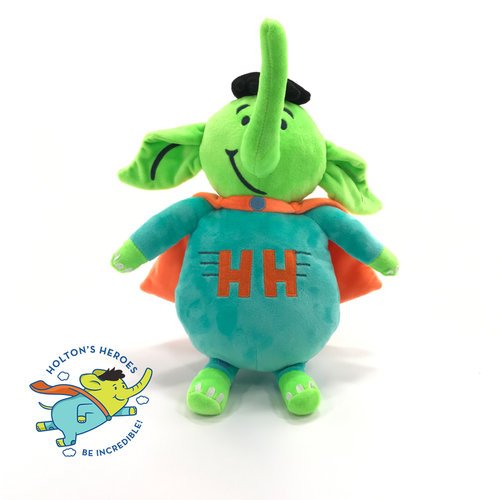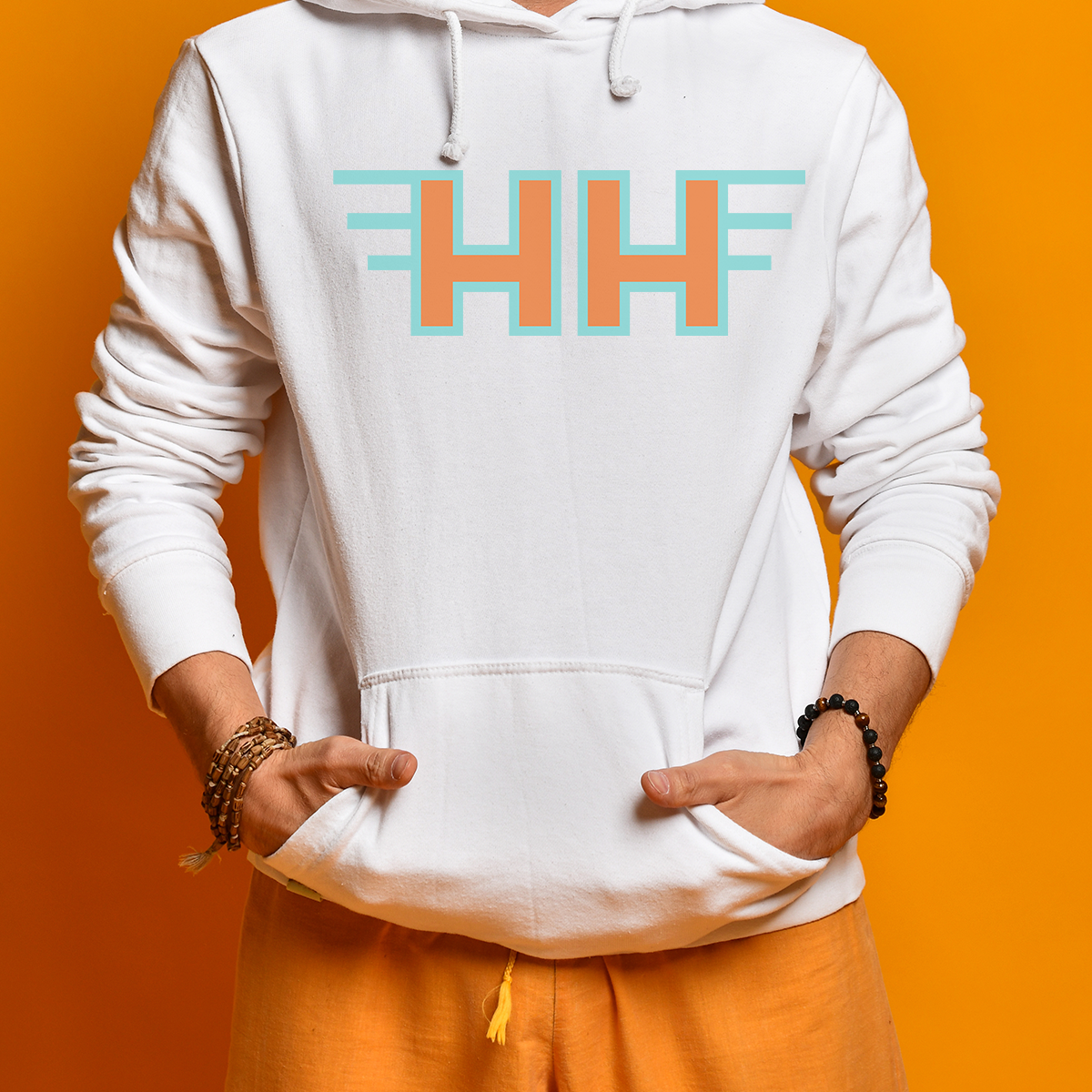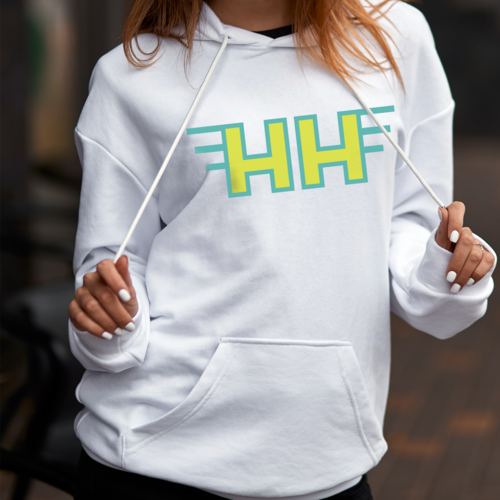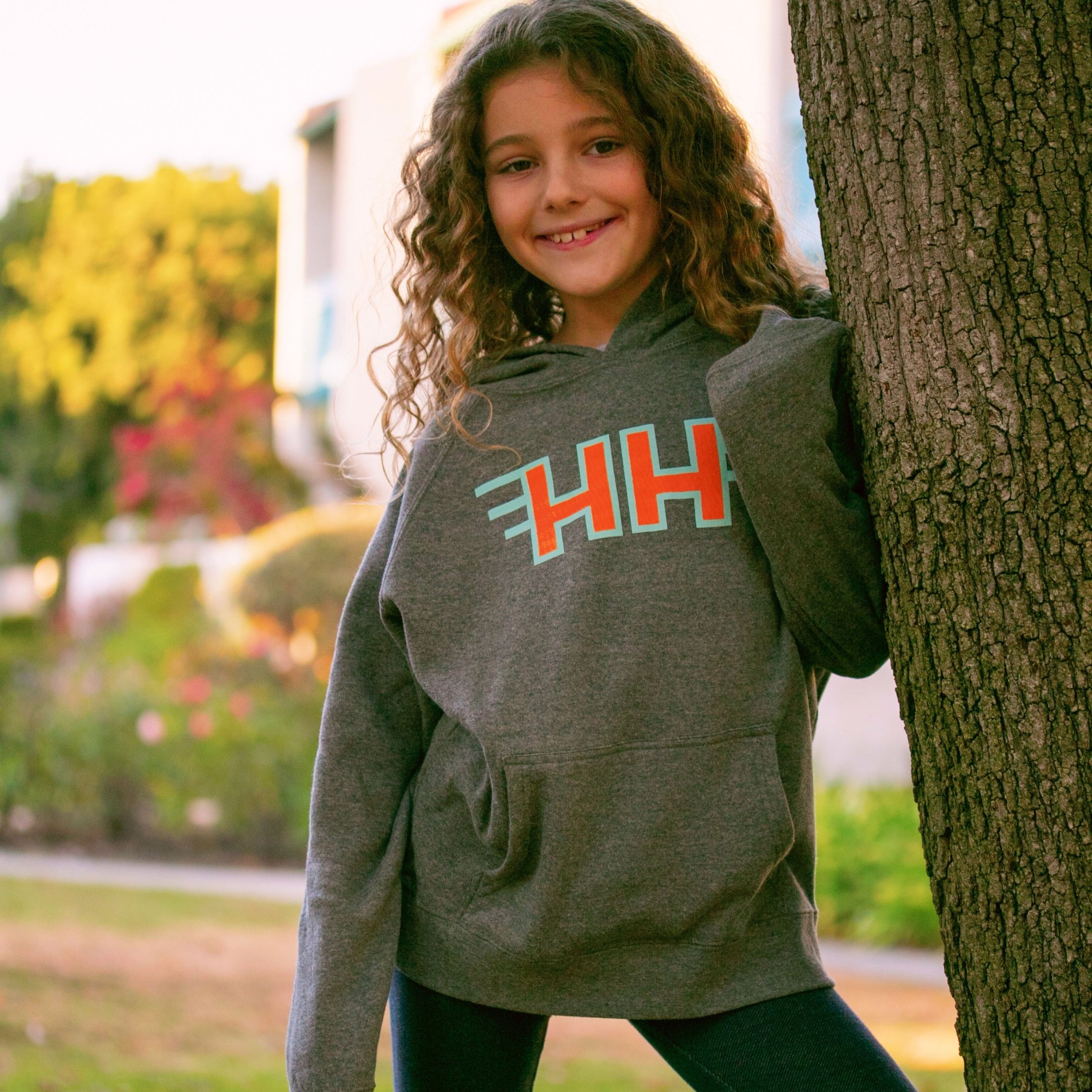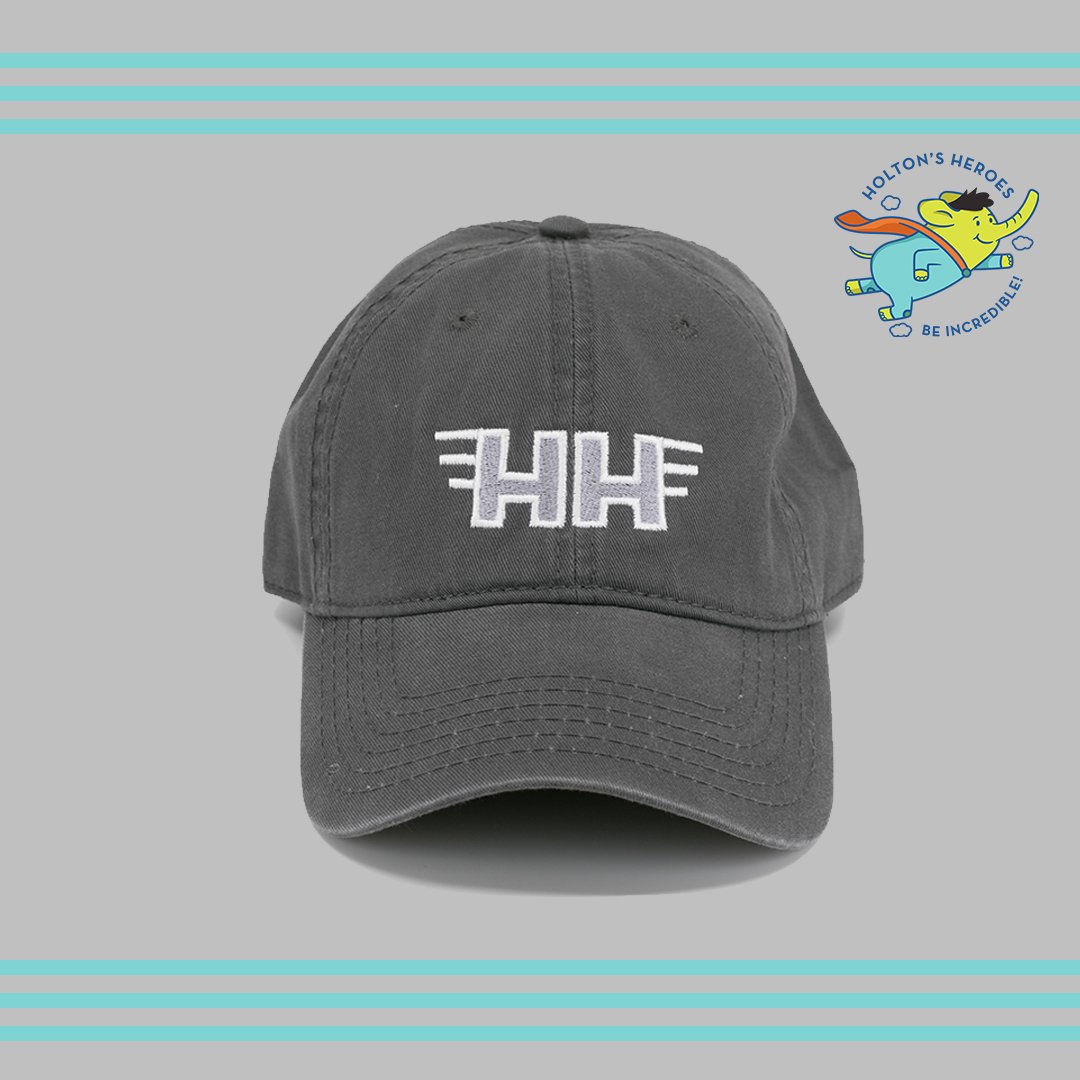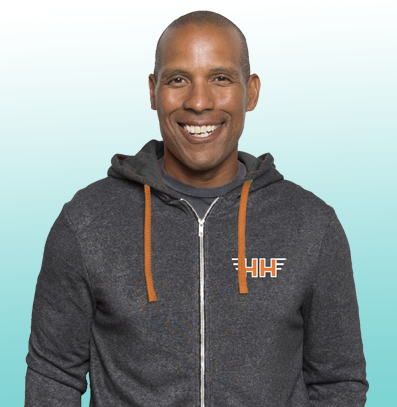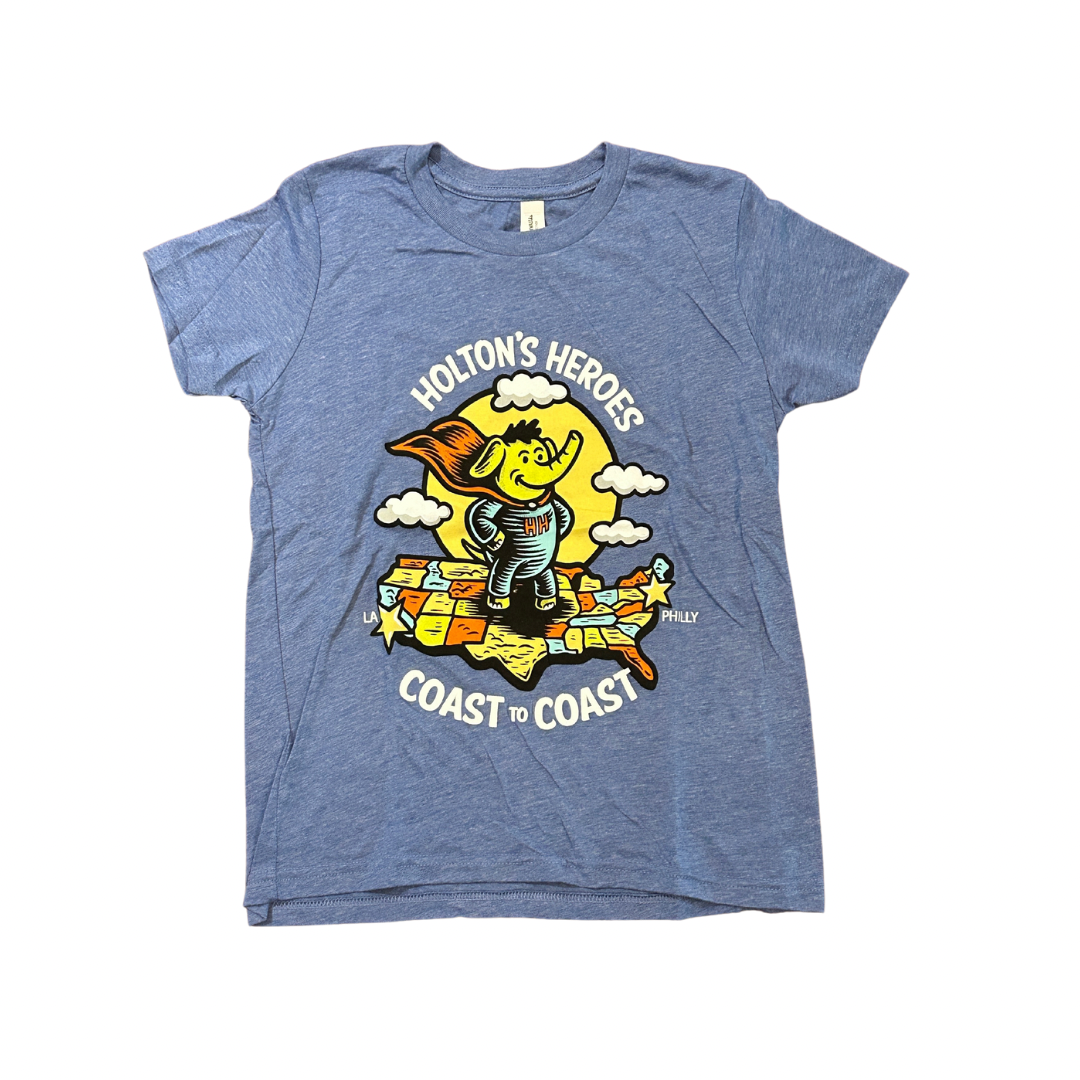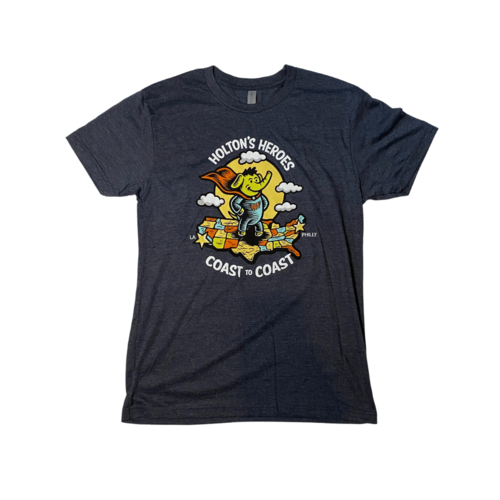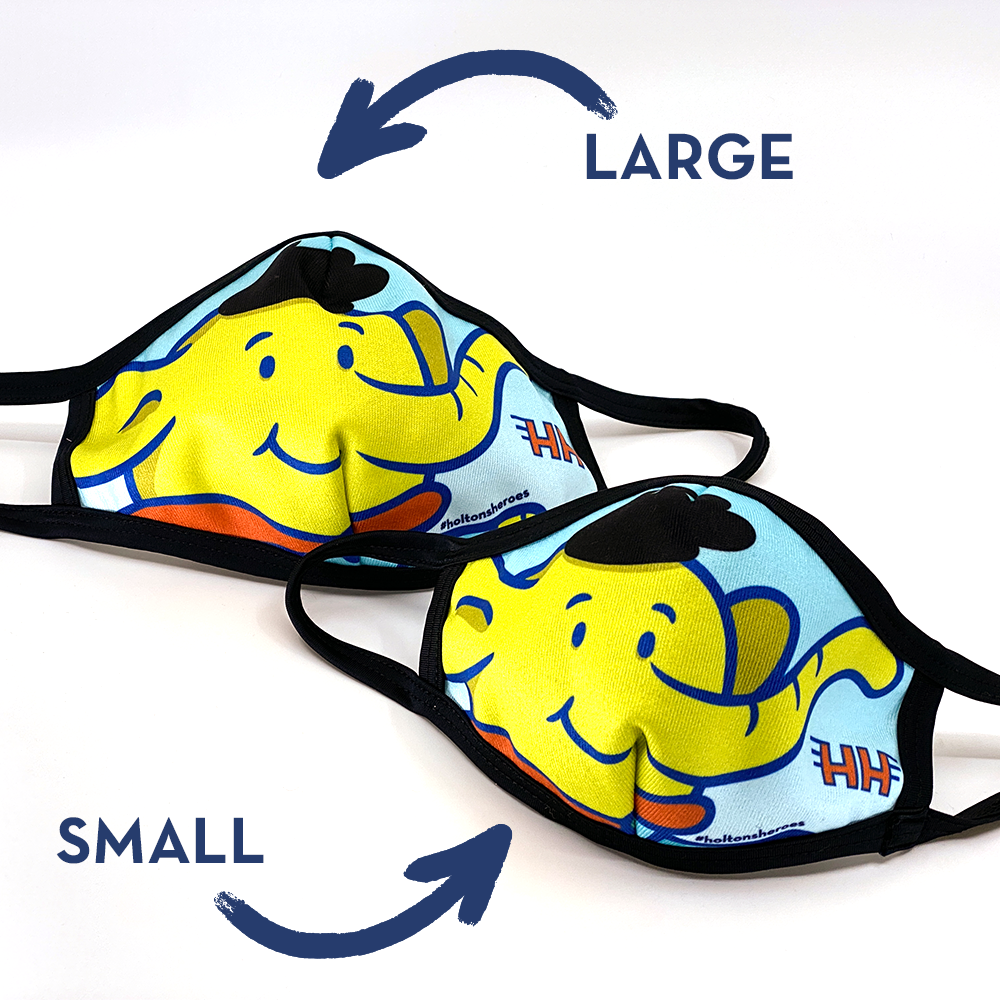Victoria was a vibrant and outgoing 15-year-old, known for her passion for photography and her volunteer work with pitbull rescues. Her life, filled with creativity and a close bond with her brother, took a tragic turn just shy of her sixteenth birthday. While riding with friends, the car she was in was recklessly driven through a traffic light, resulting in a catastrophic collision that left her with severe injuries including a traumatic brain injury.
“The boy that was driving the car was trying to beat another vehicle through a traffic light,” Trisha, Victoria’s mom, told us.
The convertible Victoria was a passenger in was T-boned by a pickup truck. Victoria, sitting in the front passenger seat, bore the brunt of the impact. She was airlifted to Penn State Hershey Medical Center, where it was determined she had sustained a significant brain injury, a fractured C1 vertebrae, a fractured pelvis, a lacerated liver, and numerous other critical injuries. The severity of her condition required an extended stay in the pediatric intensive care unit.
The news of her accident reached her family hours later, adding to the shock and urgency of the situation.
Victoria’s personality before her injury shined in photos like this one.
“I was at work,” Trisha recalls. “I worked night shift and since she was 15 she didn’t have a state ID. Since she was homeschooled, she didn’t even have a school ID, so they didn’t know who she was or who to contact.”
After months in the hospital, her recovery journey at home began under tough circumstances, with her being non-mobile and non-verbal since that fateful night. Communication became a significant barrier, deeply impacting her once expressive life.
Despite these challenges, a breakthrough came with the introduction of an assistive communication device. This device became her voice, allowing Victoria to express basic needs and feelings, even recalling her role as an aunt. It provided a critical channel for her to connect with her family and the world around her, albeit not replacing her previous capacities.
“There’s a lot of things she does remember, and she communicates so much better with her device. It’s a godsend,” Trisha told us.
Now living in a specialized care facility, Victoria continues her education and receives the necessary medical attention. The distance from her family is palpable, but the communication device bridges this gap somewhat, allowing for moments of interaction that are cherished deeply by her loved ones.
Unfortunately, for the past year insurance has denied the cost of a necessary adaptive pole that appropriately attaches her communicative device to her wheelchair so that she can use it whenever out in the community or in her home facility. This simple attachment doesn’t seem like much but costs over $1,300 since it’s custom-made for her.
Victoria uses her communicative device for the first time in months. This device can now can be appropriately attached to her wheelchair.
Thanks to the people that support us through donations, Holton’s Heroes purchased this adaptive pole for Victoria so that she can continue to communicate with the world around her. Victoria has a voice and she has a right for it to be heard.
Victoria’s story underscores the ongoing struggles faced by individuals with severe disabilities and their families. It highlights the importance of accessibility to technology and support systems that can offer a semblance of normalcy and interaction in the wake of life-altering injuries. Victoria's journey is a poignant reminder of the resilience required to adapt to new realities and the profound impact of community and technological support in navigating such profound challenges.
We are only able to continue to help kids recovering from brain injuries with your personal support. Please consider making a tax-deductible gift directly to our foundation today. You can donate safely here.
“I can’t thank you guys enough for what you’ve done for Victoria. I can only imagine how suffocating, for lack of better terms, it was for her to not be able to clearly communicate with people.”





